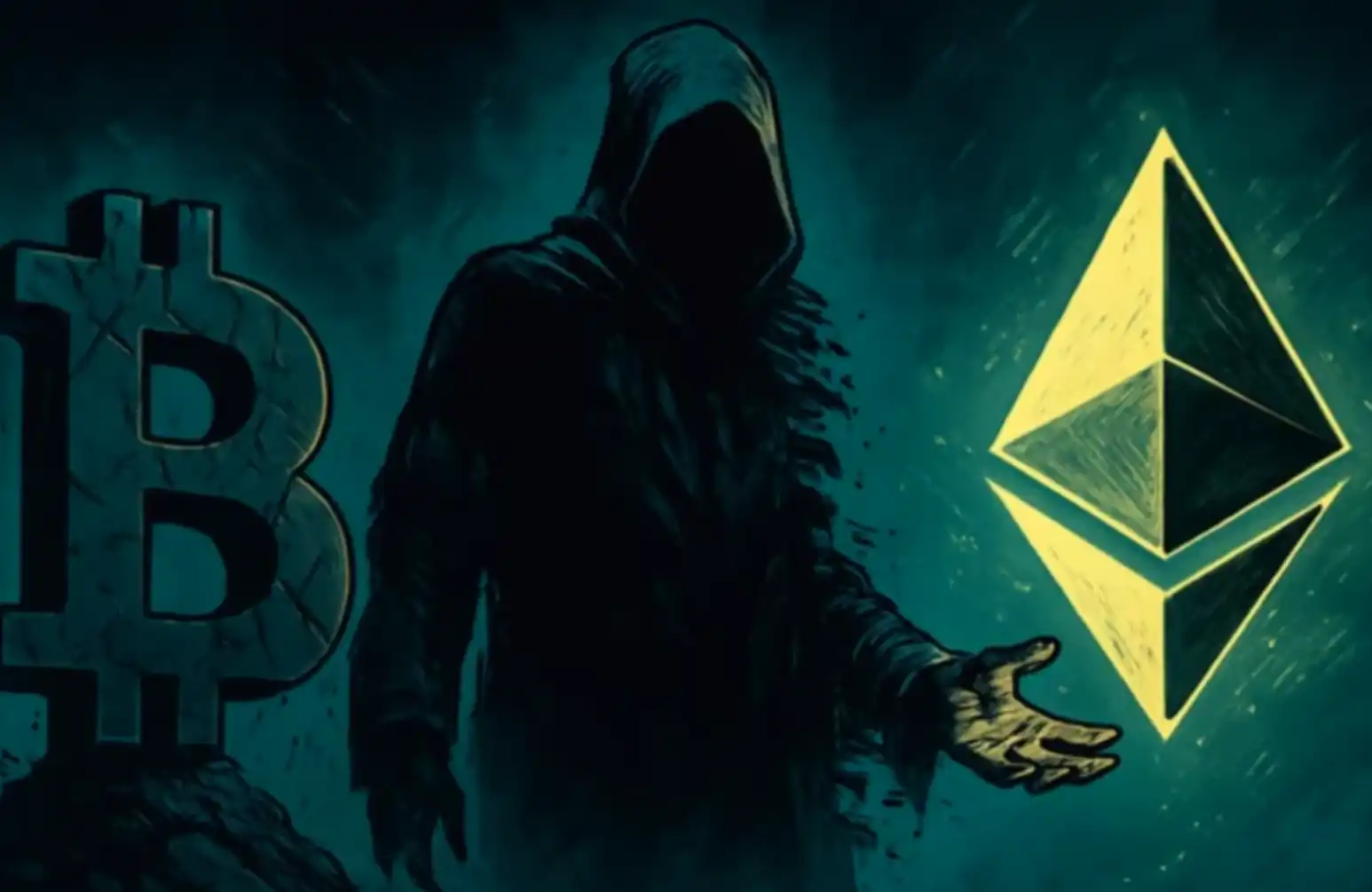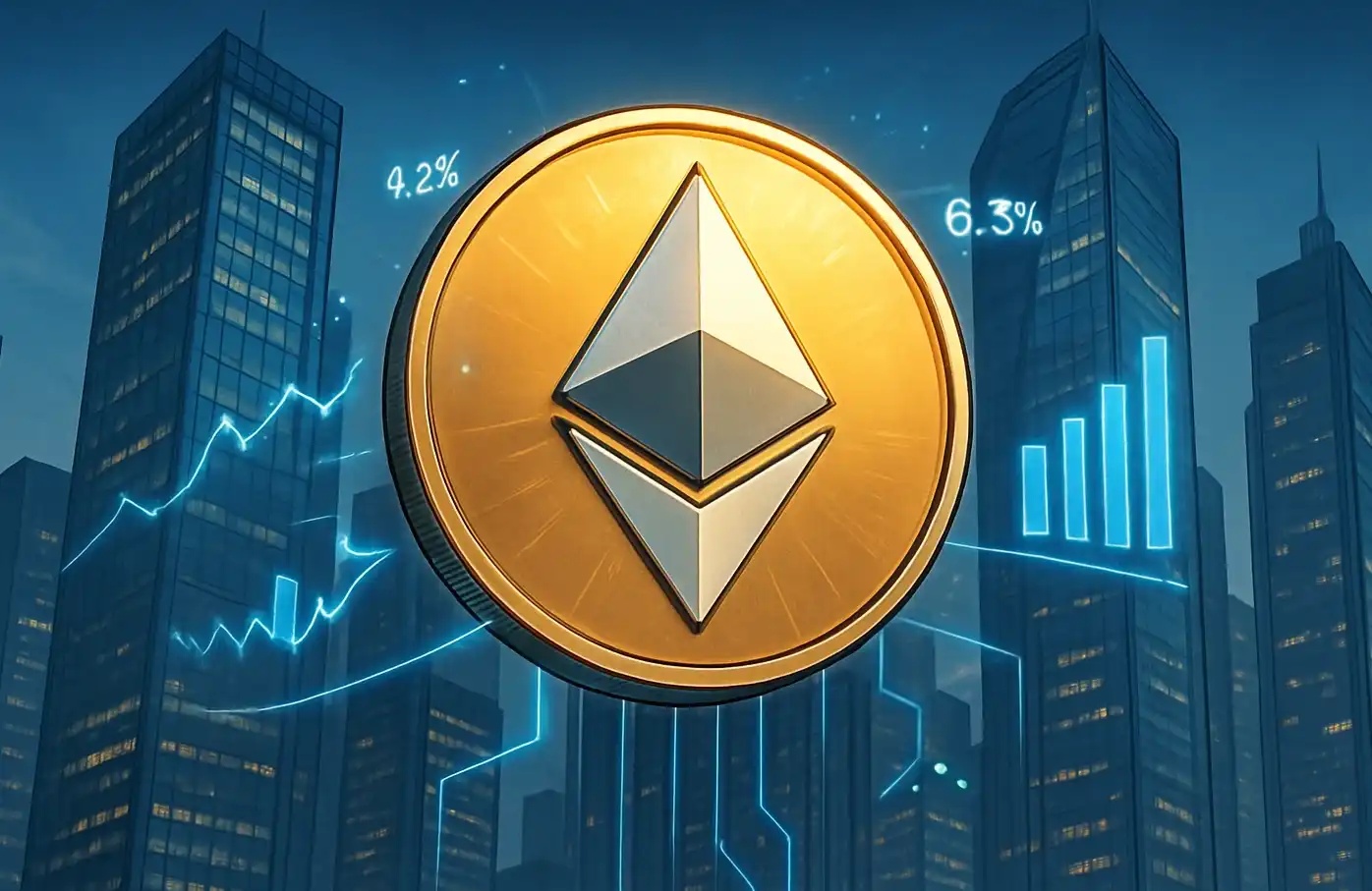Outlier Ventures: What does the perfect game look like to us?
Original title: What would a perfect game look like? We;ve got some ideas
Source: Joanna Kurkowska
0x11, Forsight News
Creating a perfect game is a difficult task, so I decided to make a basic argument. Perfect games don't exist because there are too many different markets and too many different players to construct a formula that satisfies everyone. But taking these different factors together, we might be close to perfect.

The core principles of great games
The core principles of our formula should include:
gameplay
Market data
Marketing user
Friendly functional design
Gameplay, user-friendly features, and design can all be grouped together (" Game design "), but I've decided to keep them separate because we're talking about a hypothetical situation, piecing some puzzles together, and proposing key early pieces of game design. The purpose of this section is to show that there are many paths to adventure in game creation, but there is always one that can be brought into their digital world.
In terms of software sales and marketing data, a perfect answer would include: Minecraft vs. GTA V, plus Tetris, Wii Sports, Super Mario and PUGB. Analyzing arcade games in terms of gross revenue, the conclusion is. A combination of Space Invaders Pac-man and Street Fighter II. The perfect mobile game? King of Glory, Puzzle & Dragons, PUBG Mobile and Clash of Clans, and Candy Crush Saga. Sounds pretty crazy, and some of these wild mixes are fun to watch, but imagine playing them.
Let's take a step back and look at some of the elements we can take and use from a game player's perspective. Browse "best of.." On the list (whether it's the best seller or the highest number of concurrent players), we can see that they have the following attributes and characteristics in common:
World building
competition
exploration
cooperation
Creative cause
Prime stimulus (there is a mathematical equation)
The results point to sandbox types of games that incorporate adventure, action, and social simulation. Another reason is also obvious: cost.
Sandbox types of games and simulators can be less costly and require smaller teams to develop them (as shown by the success of Minecraft or Terraria). In addition, product development and adding new content can continue for years or decades. They also serve as digital playgrounds for gamers, as Nintendo has done with the huge success of some of its simulation games, Animal Crossing: New Horizons.
One might scratch one's head and say that the same argument applies to role-playing video games (CRPGS). They have continuous content delivery, updates, a focus on experiences and stories; But they're missing an important aspect: social interaction in the game. It was taken out of the game and formed into a collective experience outside of the game, on social media, reddit forums, or Discordant channels.Caves of Qud, has been in development since 2007 (the developers promise a full release in 2023!). "Is a good example. A science fantasy role-playing game, single-player, full of content, modification options and amazing character development options, but without the social aspects of the game. Many CRPGS share the CoQ path, so if we want to find the formula for the perfect game, we have to look further than the more complex CRPGS.
Games that tap into the player's creativity are one of the most likely to be immersive experiences, and we tend to bring our friends into or meet new humans. The social, collaborative and creative factors are fundamental to the success of Fortnite or Roblox (yes, I believe you can use your creativity in Fortnite, whileAnd not just by showing innovative ways to kill other players). Social SIMS helped many people get through the pandemic, with sales of games such as Animal Crossing soaring, and introduced many to the concept of digital playgrounds, in-game social interaction and creativity they had never known existed.
But even if Animal Crossing comes close to being an example of our ideal game, it misses some key points, such as the lack of sandbox factors and freedom of asset allocation. Why it doesn't matter, if we look at market data or the number of people playing a given game at the same time (never check those boxes for Tetris, PUGB, or Wii Sports), a large percentage of games will rely on these factors.
That being said, for our ideal game, we can test some hypothetical content distribution models.
While Nintendo, Epic, or Blizzard forbid reselling their in-game assets, gamers have found a niche and circumvented this by creating marketplaces, ads, and web pages as places to sell content, while operating the grey (or even black) area of content distribution on the other hand. Pages like Nookazon or PlayerAuctions are created to meet a market need: liquidity of assets and the desire of players to make money. In addition, some players want a return on investment (in this case time and money) so that they can move on to the next game.


With blockchain gaming models such as "earn while playing" gaining popularity, solutions to the gamer problem are within reach, but require companies to be more open about their gaming ecosystems. This will mean A huge economic change for Triple A companies like Epic, which will no longer be visible from a single set of skins$50 millionSales figures like that.
NFT offers a whole new opportunity for creators and distributors. Developers can include a mandatory percentage (no more than 10%) of in-game items so that they can make money even if the item leaves the primary market and circulates in secondary markets. Brand partnerships could also be made simpler by writing automatic payments into smart contracts (an issue that may occur in the virtual world, but is easier to track in the digital world than in real life).
If our game had interoperable assets (a song of the distant future for the current state of game development, but likeFragnovaSuch companies are working on it), another picture comes to mind: user-generated assets that will serve as content to fuel not only our perfect game, but the open metaverse itself.
Given that a game is free and the developer's revenue comes from the sale of items, the game economy is not sustainable if user-generated assets sell more than the items the developer creates. For big game developers, that means death. For indie developers, this can mean a fulcrum or window of opportunity and experimentation with the game and asset economy. A product calledTime RidersThe creators of the game have started experimenting with this idea, evenrepresentationPromote user-generated levels and NFT in their games. So imagine a game created by a small team of developers without a "perfect game" formula, but with extra areas bought or given away as NFT. Imagine being an early adopter and getting all the Steam achievements; After that, the specific NFT is dropped into your wallet as a key or ticket to other content. Or you can link to your account and use your other game's assets in it. What's more, if you sell it, the game developer gets their share of the profits. World-building games with a wide range of content are great for an in-game economy. But it's important not to get lost in the money side of the game and to have a fun and challenging experience. Money aside, the game itself should be an enjoyable experience. Co-op mechanics, well-mapped controls, world and knowledge design, all can ruin a game or make it the best game ever made.
The 21st century is the perfect time to be a video game fan, with a huge catalog to choose from, amazing games that come out every month, and options to bring a piece of your reality (your friends, for example) into the gaming world. From a game developer's point of view, it's either picking from a variety of formulas and mixing them into something new with a familiar vibe, or risking everything to enter a niche full of unknowns. There are so many avenues you can consider: immersive single-player adventures, puzzle-filled corners, engaging co-op play. At Outlier Ventures, we take the open metaverse path, focusing on openness and seamless distribution, which is a great platform for testing sandbox and simulation games. In creating an ideal title for a game, my educated guess would be to turn to the sandbox /sim model, which is designed to immerse and replace some of our social media in order to fully open and decentralize the market for digital assets and inspire user creativity. I can't wait to see and experience what the next generation of builders will create!
Original link
Welcome to join the official BlockBeats community:
Telegram Subscription Group: https://t.me/theblockbeats
Telegram Discussion Group: https://t.me/BlockBeats_App
Official Twitter Account: https://twitter.com/BlockBeatsAsia


 Forum
Forum Finance
Finance
 Specials
Specials
 On-chain Eco
On-chain Eco
 Entry
Entry
 Podcasts
Podcasts
 Activities
Activities
 OPRR
OPRR








